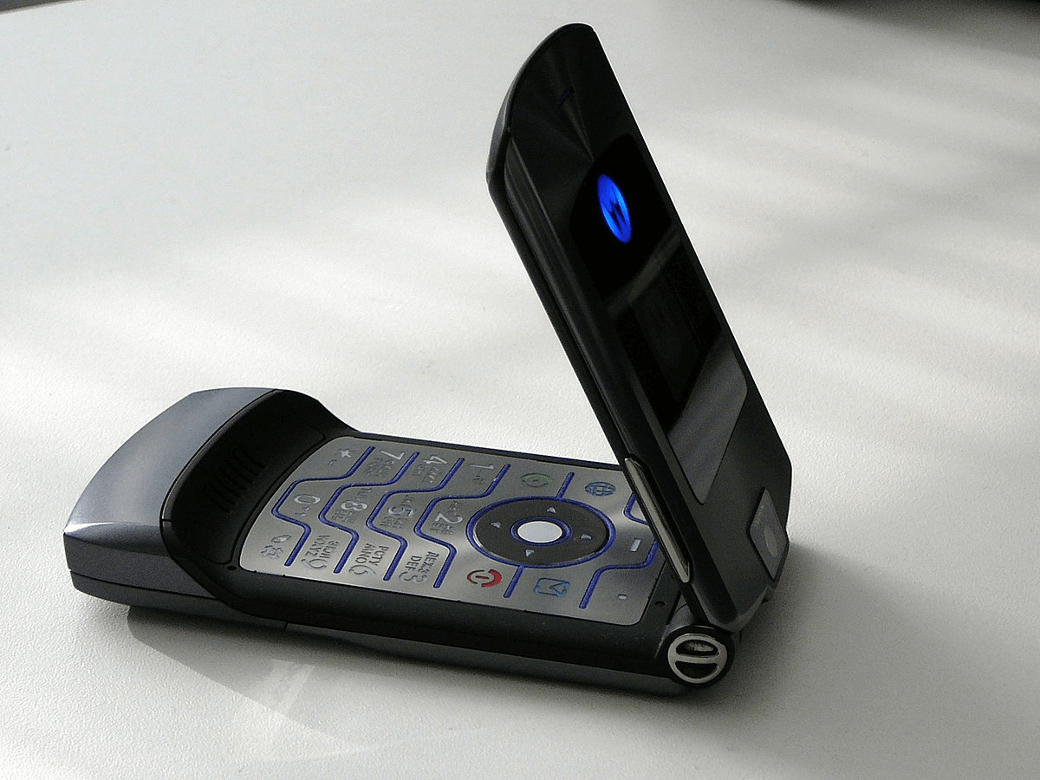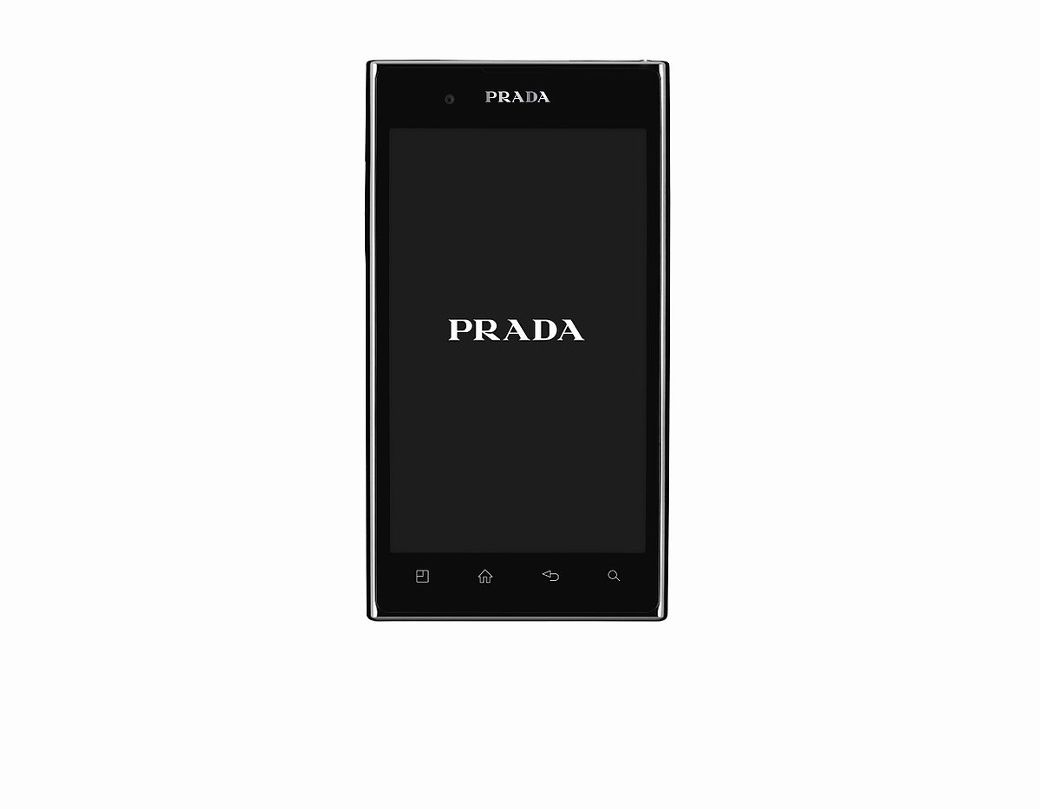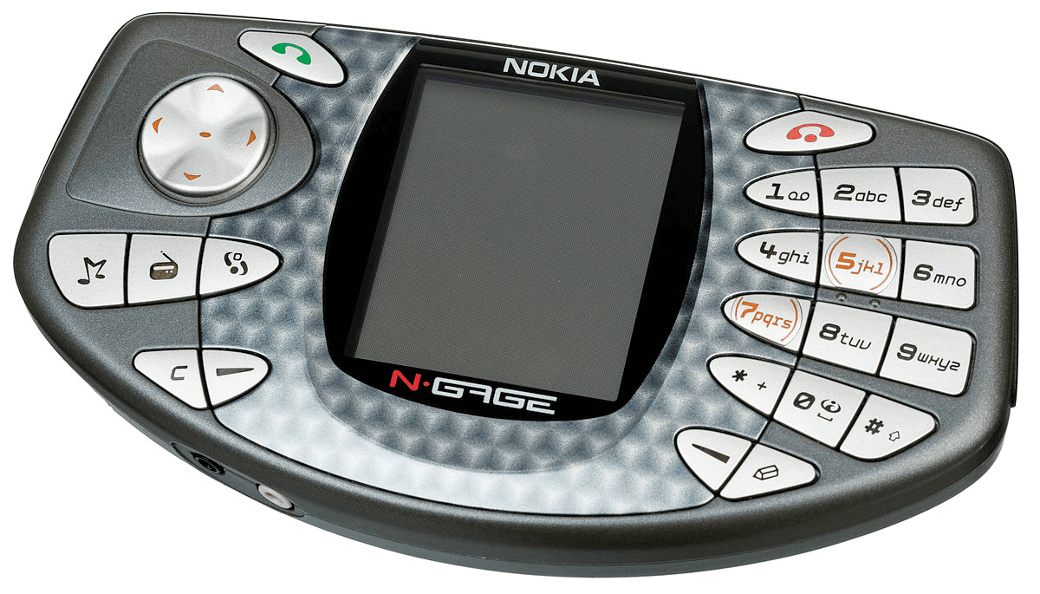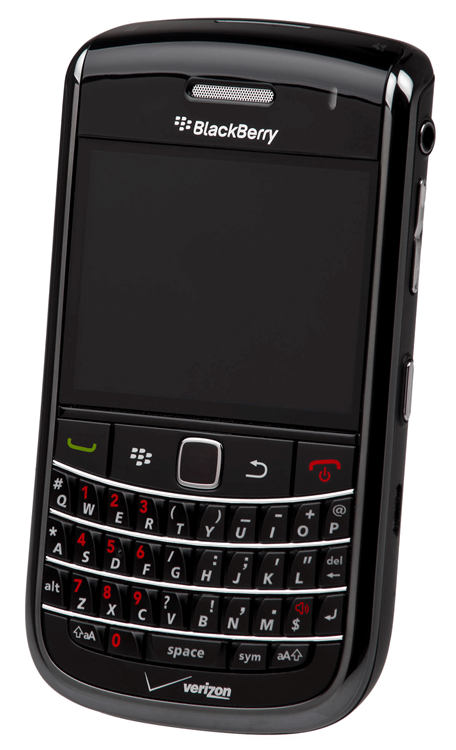From the ‘Brick’ to New Foldable Phones: The History of the Mobile Form Factor
Read about the history of the form of mobile phones and see what new foldable phones are out there.
By Jack Melling

During the past 25 years the mobile form factor has evolved into many different designs. In the 90s, there were the ‘brick’ style GSM powered mobile phones, which gradually evolved into the popular ‘candy-bar’ designs of the early 00s. As we moved into the new millennium, the mobile phone added new features, including color displays, cameras, and internet connectivity. There were also plenty of design experimentation and differentiation, such as sliders and clamshells (flip phones). This gives consumers various form factor choices.
From the late 00s to the present day, the smartphone form factor of one large touchscreen has dominated. The only real differentiation being the bigger screen that is compared to the original smartphones of 2007 and 2008, as more phones are used for entertainment purposes, such as gaming and video viewing and streaming. While the form factor of the past ten years has remained constant, future smartphones could see differentiation like the early 00s with new foldable phones beginning to come to market. Meanwhile, the nostalgia of earlier form factors might catch on, as companies offer reworked versions of previous mobile phones, such as the incredibly popular Nokia 3310 and Motorola Razr.
So, with all of this in mind, let us explore the evolution of mobile form factors, where we are now and where this could be heading in the future.
The ‘Brick’ and first GSM mobile phones
During the 80s, the first portable mobile phones went on sale, with this including the Motorola DynaTAC 8000X. However, the high cost ($4,000 USD) meant that sales were often limited to more affluent users. The form factor resembled a brick shape, with this design gradually evolving into a smaller form factor of the GSM-powered mobile phones in the mid to late 90s. This is what led to Arm’s big break in the tech industry, back when the company was a start-up working out of a Cambridgeshire barn.

The Motorola DynaTAC
Arm’s IP lent itself perfectly to the smaller form factor and more consumer-friendly designs of the new GSM-powered mobile phones. In the mid-90s, Nokia was advised to use Arm-based designs by Texas Instruments, a significant Arm silicon partner at the time, for the company’s new GSM mobile phone. This led to the first Arm-powered GSM phone, the Nokia 6110, which was a big commercial success. The 6110 paved the way for the iconic Nokia phones of the late 90s and early 00s, such as the 3210 and 3310. These adopted a similar but smaller brick-style form factor. It was on these phones that mobile gaming was first introduced to the world through 'snake, the original game for mobile. This era signaled the start of the mass-market ‘mobile revolution.

Snake Perfection
Due to its popularity 17 years earlier, Nokia attempted to resurrect the flagship 3310 at Mobile World Congress (MWC) 2017. The reboot offered nostalgia to those who were fans of the mobile phone when it first went on sale in 2000. More recently at MWC 2019, Avenir Telecom returned to the ‘brick’ style form factor with its Energizer smartphone. Despite the bulky design, the phone is claimed to have “the highest ever capacity battery ever seen in a smartphone.”
Sliding, flip and now foldable phones
The late 90s saw the release of the first ever mobile phone with the ‘slider’ form factor with the Nokia 8110. The mobile phone rose to popularity following its appearance in the first Matrix film, which was a large box office success in 1999. Interestingly, the slider mobile phone could be making a comeback. In 2018 and 2019, several slider smartphones were launched including Oppo’s Find X, Xioami’s Mi Mix 3, the Honor Magic 2, and the Lenovo Z5 Pro.

Neo using the Nokia 8110
The late 90s also saw the release of the first ever flip phone, the Motorola StarTAC. The flip form factor proved to be popular, with the mobile phone selling over 60 million units worldwide. This led to Motorola eventually launching the Razr V3 in the mid-00s, which was the best-selling clamshell device of all time, shipping over 130 million worldwide. The nostalgia and enormous success of this phone has led to Motorola recently launching a new Razr. The mobile device has the same flip form factor but with the features of the modern smartphone, such as 4G connectivity, cameras, and a large touchscreen.
 The Motorola Razr V3
The Motorola Razr V3
This new version of the Motorola Razr follows launches of a a brand-new foldable phones such as the Samsung Galaxy Fold or Huawei Mate X. These mobile phones were all showcased at events throughout 2019. The foldable form factor means that consumers can better experience various mobile use-cases through a larger screen, but the devices still fit in the pockets of users due to its folding form factor. Like the new Razr, the foldable phones have all the features that are traditionally associated with today’s modern smartphone. With the introduction of foldable phones, it is interesting to see whether this leads to further innovation on smartphone designs and form factors, which have remained stagnant since the smartphone first burst onto the scene over ten years ago.
The smartphone
In 2007, swiping and scrolling replaced the traditional buttons of previous mobile phones. The LG Prada was the first touchscreen smartphone to market in 2007. However, Apple’s launch of the first iPhone proved to be more popular among consumers. By the late 00s, the smartphone market was booming, with different manufacturers launching their own range of smartphones.
 The LG Prada
The LG Prada
One of the most popular series of smartphones was the Samsung Galaxy S series, with Arm being a close partner to Samsung throughout the development of these devices during the past decade. The evolution of the Samsung Galaxy S series mirrors the evolution of smartphones, especially through the transition to bigger screens. In fact, the Samsung Galaxy S8 adopted an over 82 percent screen-to-body ratio. This move reflects the trend towards more immersive high-fidelity mobile gaming and viewing experiences, as consumers demand better graphics and bigger screens on their mobile devices.
On top of the larger screens, today’s modern smartphones are packing in more features and capabilities as they become central – basically a ‘hub’ – to everyday life for most consumers. These include video streaming and calling capabilities made possible by the 4G network, more advanced security features, such as Face Unlock that utilize machine learning (ML) capabilities, mobile payments through services such as Android Pay, health and fitness monitoring, voice recognition, and more advanced camera capabilities.
 The Nokia N-Gage
The Nokia N-Gage
The other form factors (mainly from the 00s)
Over the past 25 years, there have been examples of other interesting mobile form factors coming to market. The Nokia N-Gage, which was released in 2003, is one such example. The N-Gage was one of the first mobile phones which attempted to combine gaming functionality with a traditional mobile phone. However, the product failed to inspire consumers and was discontinued in 2005. It could be argued that this particular mobile phone helped to accelerate the adoption of more complex gaming use cases on mobile.
In the early 00s, the ‘candy bar’ style of mobile phones, which was the first form factor to adopt full color displays, proved to be popular. However, with the rise of the smartphone, the ‘candy bar’ was phased out. Despite being eclipsed by smartphones as the go-to mobile form factor, the ‘candy-bar’ style mobile phones did help to introduce a series of features and capabilities now commonplace among today’s modern mobile device. These include cameras and picture messaging that is first introduced through the Sony Ericsson T68i, a fully functional calendar, and FM radio that is first introduced through the Nokia 8310, and video calling first introduced through the Sony Ericsson Z1010.
There was a similar story with BlackBerry phones, which had slightly wider screens and physical keyboards. While popular in the late 00s and early 10s, particularly among business people, the form factor soon disappeared as the smartphone took over. However, Blackberry did help to bring mobile email to the masses through its range of mobile devices.
 The BlackBerry Bold
The BlackBerry Bold
Arm’s role in smartphone form factors
Arm-based IP has played a pivotal role in mobile phones throughout the past 25 years, which has coincided with the evolution – and reintroduction – of new and different form factors. In fact, 95 percent of the world’s smartphones are based on Arm Cortex CPU technology. Our CPU and GPU technology not only fits into the various mobile designs, but also enables a range of features and capabilities common on today’s modern smartphones. Moreover, the powerful performance enables constant compute and connectivity for the four billion smartphone users worldwide. Check out this infographic to see how key Arm milestones have coincided with the development of new phone features and designs.
In addition to supporting the smartphone use-cases and experiences of the future, Arm IP will also be supporting the form factors of the future through our energy-efficient designs. While mobile form factors have remained similar in the past ten years, expect to see more design innovation as smartphone manufacturers provide greater differentiation and attract more consumers to their products. It is interesting to see where the evolution of mobile form factors takes us in the next 25 years.
By Jack Melling
Re-use is only permitted for informational and non-commerical or personal use only.
